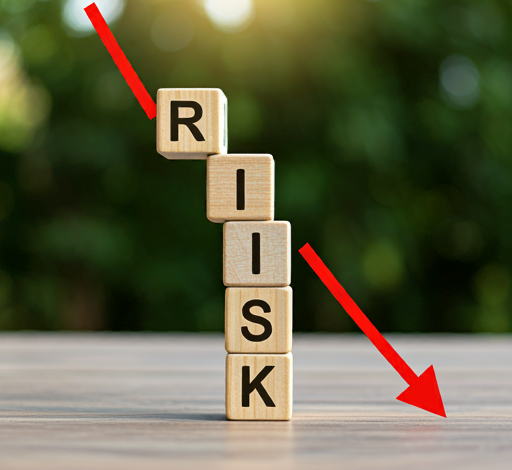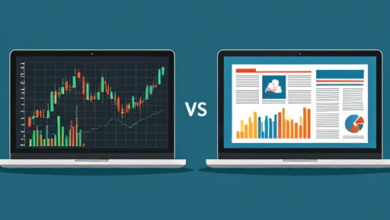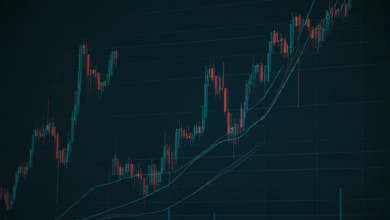Risk Management in Trading
Risk management is a key aspect of trading and investing. Every trader should know how to identify, assess, and manage risks to reduce the likelihood of losses while also taking advantage of profit opportunities.

Concept of Risk Management
Risk management refers to the identification and control of risks that may harm your capital or profits. The main goal of this process is to reduce the likelihood of loss and preserve capital. In the world of trading, this means creating a clear strategy for entering and exiting trades and determining the amount of capital you are willing to risk in each trade.
Risk Management Strategies
- Position Sizing: This is one of the most important aspects of risk management. Traders should determine how much of their capital they are willing to risk in each trade. For example, they might decide to risk only 1-2% of their total capital in a single trade.
- Stop Loss: A stop loss is an essential tool for risk management that helps traders set a maximum loss level. By establishing a specific price level for exiting a trade if it does not succeed, traders can control their losses.
- Diversification: Investing in different assets helps reduce risk. By spreading capital across various assets, traders can mitigate the negative effects of any particular asset.
- Fundamental and Technical Analysis: Utilizing fundamental and technical analyses to evaluate the market and identify suitable entry and exit points helps traders reduce their risks.
Psychology of Risk Management
Risk management depends not only on tools and strategies but also on the trader’s psychology. Emotions such as fear and greed can influence decision-making, causing traders to deviate from their risk management strategies. For successful risk management, traders must have the ability to control their emotions and stick to their strategies.
Strengths and Weaknesses of Risk Management
- Strengths:
- Reducing the likelihood of loss: By following risk management strategies, traders can minimize the chances of significant losses.
- Preserving capital: Proper risk management helps preserve capital, allowing for future trading and investment opportunities.
- Weaknesses:
- Uncertainty: No risk management method can completely eliminate risks, and there is always the possibility of loss.
- Complexity: Understanding and implementing risk management strategies may be complex for some traders.
Conclusion
Risk management is an essential aspect of trading that helps traders prevent large losses while also taking advantage of profit opportunities. By utilizing the right tools and strategies, traders can make better decisions and effectively manage existing risks.




